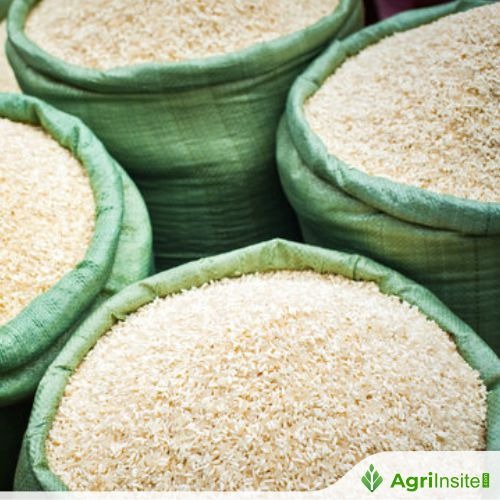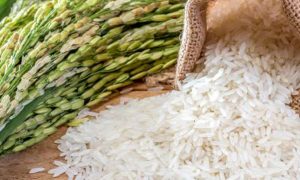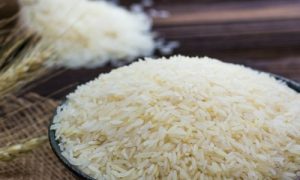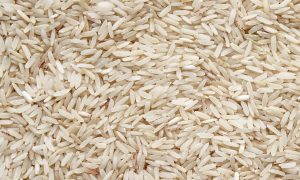Indonesia seeks competitive rice prices from Cambodia as trade expands

Indonesia seeks to boost rice imports from Cambodia to meet growing demand but faces challenges with price and transport costs. Ambassador Santo Darmosumarto said Cambodian rice quality is good but often less competitive due to shipping expenses. A deal to import 250,000 tonnes annually was signed in 2024, as Cambodia aims to export 1 million tonnes by 2025.
PHNOM PENH – In a recent press conference with the Club of Cambodian Journalists (CCJ), Indonesian ambassador to Cambodia Santo Darmosumarto emphasised the potential for increased rice trade between the two nations, while highlighting the challenges surrounding competitive pricing and transportation costs.
Indonesia, a major rice producer, maintains a substantial stock of rice for domestic consumption.
With a population nearing 300 million, the country has high demand for rice imports, particularly from its regional trade partners.
Darmosumarto indicated that Indonesia sees an opportunity to import more rice from countries like Cambodia, which has become a key rice exporter in Southeast Asia.
“While Indonesia produces a large quantity of rice, demand still exceeds our local supply,” Darmosumarto said.
“Indonesia is always interested in purchasing more rice from friendly countries that can meet our demand,” he said.”
According to the Indonesian Chamber of Commerce in Cambodia, trade relations between the two nations are steadily improving, with the chamber actively supporting the expansion of investment cooperation.
However, the ambassador also noted that rice imports from Cambodia sometimes struggle to compete with other countries in the region, particularly in terms of price and quality.
“Indonesia carefully evaluates the quality and pricing of rice when determining its imports,” Darmosumarto explained.
“At times, Cambodian rice faces competition from neighbouring countries, and price remains a significant consideration,” he added.
A central concern raised during the conference was the high transportation costs associated with importing rice from Cambodia.
Darmosumarto pointed out that although Cambodian rice is often of good quality, its price can be inflated due to transportation expenses.
He suggested that reducing these costs could improve the competitiveness of Cambodian rice in the Indonesian market, allowing it to compete more effectively with other regional producers.
“Transportation is critical to ensuring that Cambodian rice remains competitively priced,” Darmosumarto noted.
“If we can reduce the cost of transportation, Cambodian rice will become a more attractive option for Indonesian buyers,” he continued.
Cambodia, aiming to achieve its goal of exporting one million tonnes of rice annually by 2025, is optimistic about expanding its rice market presence in Indonesia and other regions.
The country’s strategy involves not only enhancing the quality of its rice but also diversifying rice products to appeal to a wider range of international buyers.
Previously, Cambodia and Indonesia signed an agreement to supply 250,000 tonnes of rice annually starting in 2024, including specific shipments such as 22,500 tonnes for the celebration of Eid al-Fitr in March 2024.
This agreement was seen as a crucial step in solidifying the trade relationship between the two nations.
Indonesia’s rice reserves, which currently stand at over 3.7 million tonnes, are the largest in ASEAN, surpassing other major producers like Thailand and Vietnam.
With the 2024/2025 rice season set to see an increase in production, reaching an estimated 34.6 million tonnes, Indonesia is positioning itself to both meet domestic needs and enhance its role as a key player in the region’s rice trade.
To Read more about Rice News continue reading Agriinsite.com
Source : ANN
















